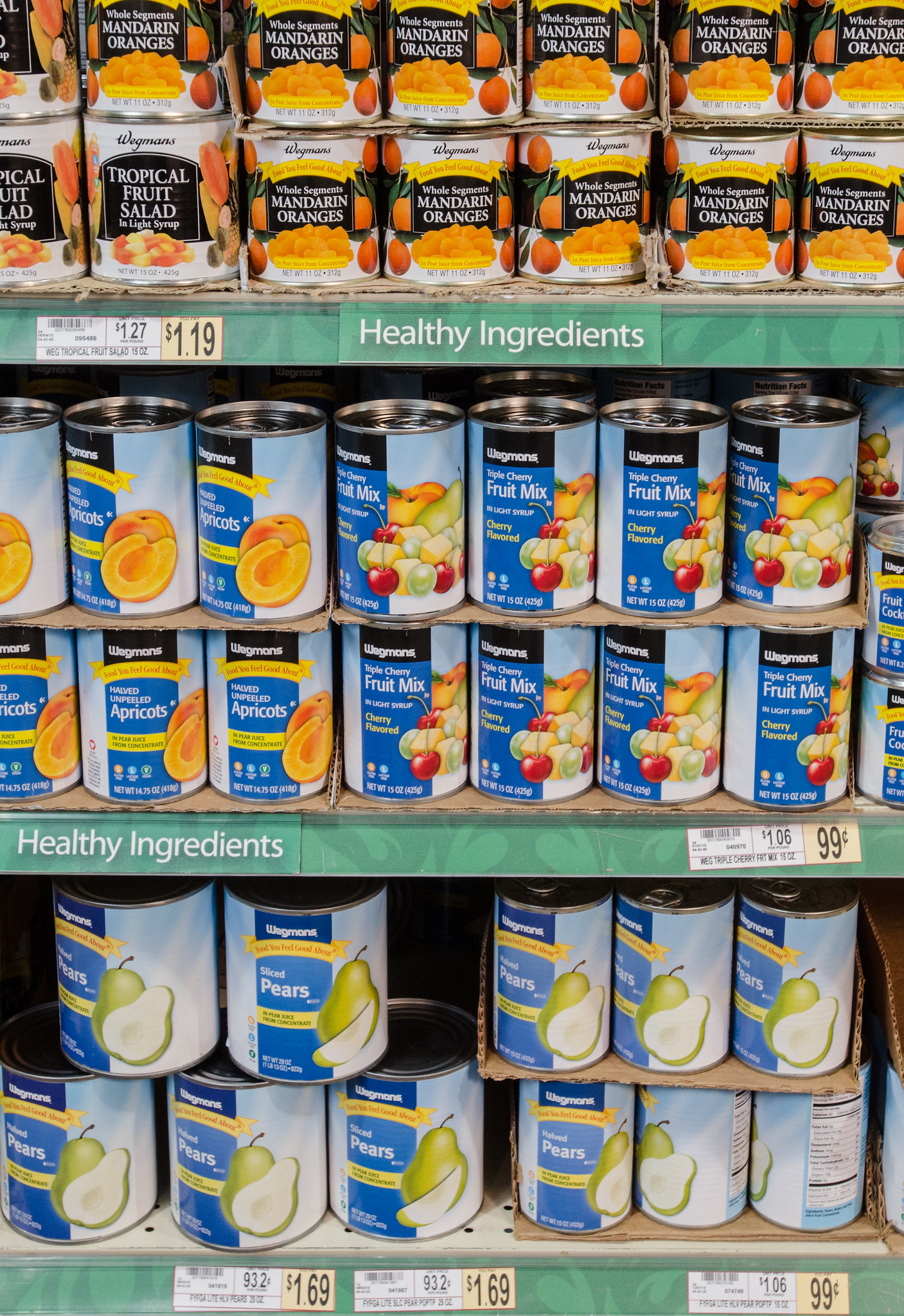27.8: Mass Production
- Page ID
- 45593
- Describe mass production

Mass production—manufacturing many identical goods at once—was a product of the Industrial Revolution. Henry Ford’s Model-T automobile is a good example of early mass production. Each car turned out by Ford’s factory was identical, right down to its color. If you wanted a car in any color except black, you were out of luck.
Examples of mass production include the following:
- canned goods
- over-the-counter drugs
- household appliances
The emphasis in mass production is on keeping manufacturing costs low by producing uniform products using repetitive and standardized processes. As products became more complicated to produce, mass production also became more complex. Automobile manufacturers, for example, must now incorporate more sophisticated electronics into their car designs. As a result, the number of assembly stations in most automobile manufacturing plants has increased.
Watch the following video on the process used to manufacture the amazing Peep. It will serve as a point of reference because it features many of the process components we will be discussing in this reading.
You can view the transcript for “Giving life to Peeps at the Just Born Factory” (opens in new window).
Advantages
- Labor costs are usually lower.
- Materials can be purchased in large quantities, so they are often cheaper.
- Goods are produced in large number, lowering unit costs.
Disadvantages
- Machinery is very expensive to buy, so production lines are very expensive to set up.
- Workers are not very motivated, since their work is very repetitive.
- Production lines are not very flexible and are difficult to change.
- Production processes are at risk if any one part of the line breaks. The entire production process will have to stop, pending repair which causes expensive delays.
- Maintenance costs are very high.
Contributors and Attributions
- Practice Question. Authored by: Robert Danielson. Provided by: Lumen Learning. License: CC BY: Attribution
- Introduction to Business. Authored by: OpenStax. Provided by: Rice University. Located at: https://cnx.org/contents/Tgl3H6iq@8.3:HFQiJQgd@7/Introduction. License: CC BY: Attribution. License Terms: Download for free at http://cnx.org/contents/4e09771f-a8a...58cc24e77f@8.3
- Advantages and Disadvantages. Provided by: Wikibooks. Located at: https://en.wikibooks.org/wiki/GCSE_Business_Studies/Methods_of_Production. Project: GCSE Business Studies. License: CC BY-SA: Attribution-ShareAlike
- Giving life to Peeps at the Just Born factory. Provided by: The News Times PPP. Located at: https://www.youtube.com/watch?v=QsXjQ_OkcGk. License: All Rights Reserved. License Terms: Standard YouTube License
- Canned goods at a grocery store. Authored by: US Department of Agriculture. Located at: https://flic.kr/p/kUxXAs. License: Public Domain: No Known Copyright

